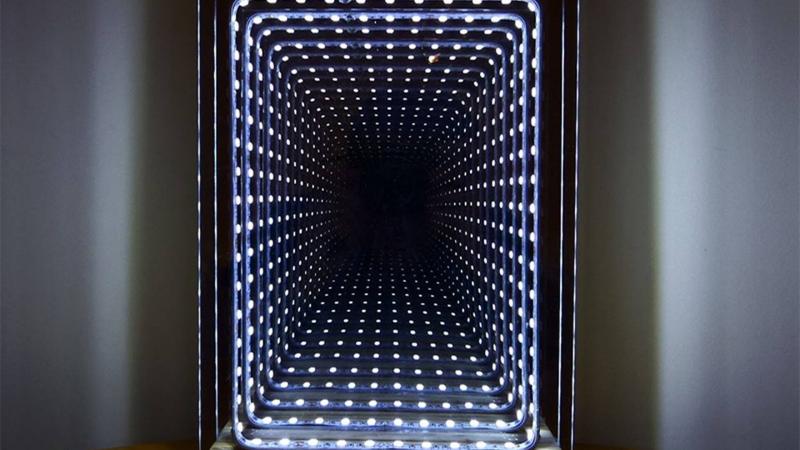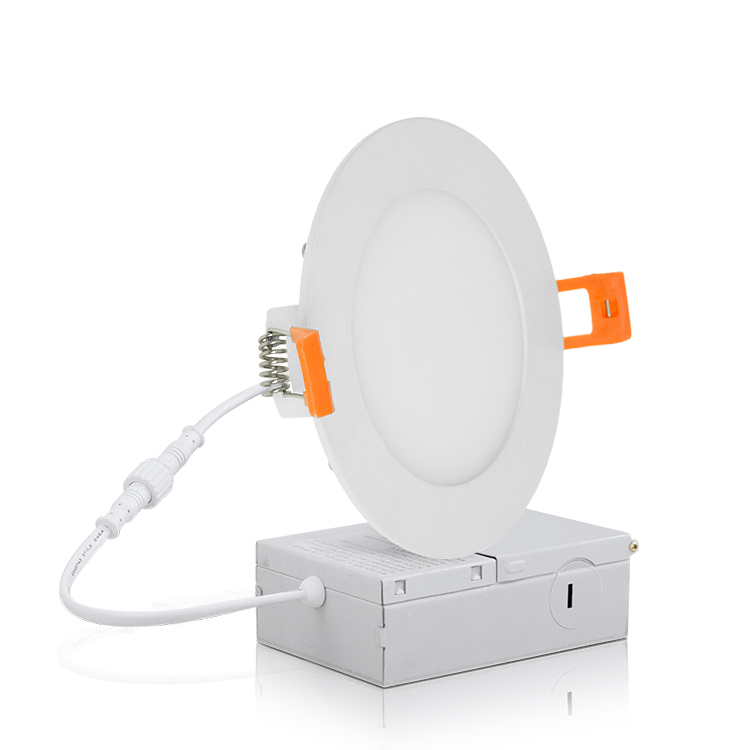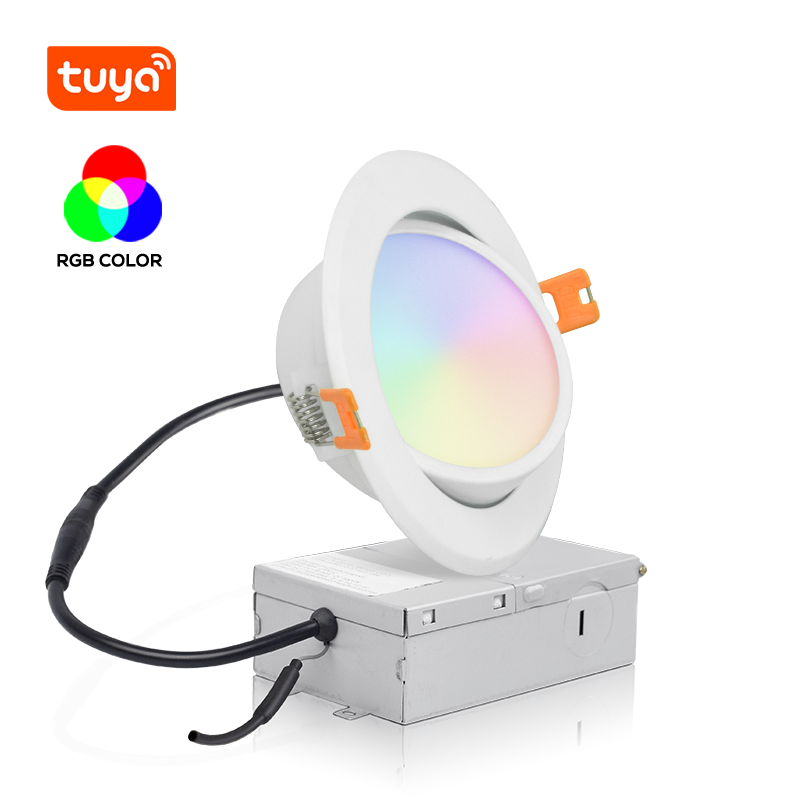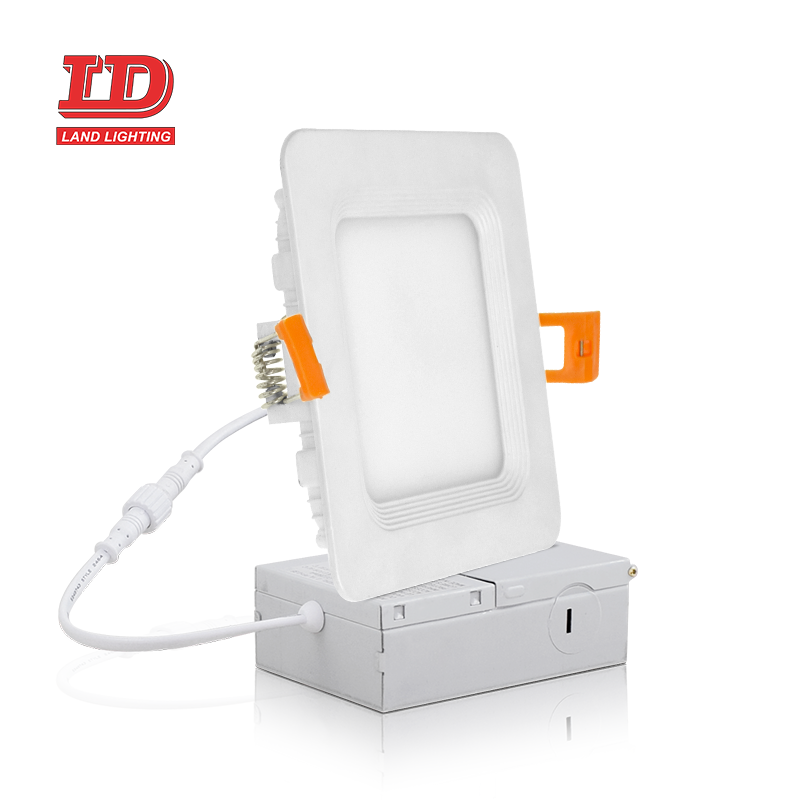Infinity mirrors are a frequent way to use fantastic wall decor. They look great, wow kids and adults alike, and are a fun way to demonstrate basic optical principles.
Infinity mirrors work by placing two mirrors so that they can reflect the light caught between them to infinity. Infinity mirrors usually have a basic form. First is a set of classic mirrors facing each other, the user is able to enter the part of space where their reflection will be displayed in both mirrors, and their reflection bouncing from one mirror to the other will create a very interesting looking infinity reflection effect being reduced to a distant infinity point in the middle of the mirror. Most commonly, "ceiling to wall" infinity mirrors can be found in clothing store dressing rooms or entertainment centers.

The second is a freestanding infinitesimal mirror, which works by reflecting light between two closely held parallel surfaces - one a normal mirror and the other a partially reflective unidirectional mirror. However, since the unidirectional mirror only allows light to "go out" of the inter-mirror space, some internal illumination needs to be placed in that dark space. To make this infinity mirror visually appealing, the outer edges of the two mirrors (sometimes even complex arrays placed directly on the entire mirror surface) are decorated with some kind of static or dynamic light (LED, bulb or other light source). With light at the edge of the mirror, the unidirectional mirror can then release a series of reflected images outside the internal mirror structure, giving the user a very realistic illusion of depth, with the light "entering" the dark depths of the mirror. Some rare infinitesimal models can have a non-parallel mirror orientation, which produces the effect of an angular visual tunnel that curves in one direction. More rarely, the infinitesimal mirror can be automated to produce a swirling tunnel effect.

The distance between two parallel mirrors has a great influence on the depth perceived by the user. For example, if the distance between the mirror and the light source is 2cm, and the distance between the light source and the mirror is 1cm, the following illusion of visible distance will be created when viewed from the outside: 1cm, 4cm, 7cm, 11cm, 15cm, with each reflection increasing the distance to the mirror surface by 4cm.
Now that you know the operating principle of infinity mirror, it’s time to actually do it. Shop Land Lighting’s infinity mirror for the best in modern lighting.



